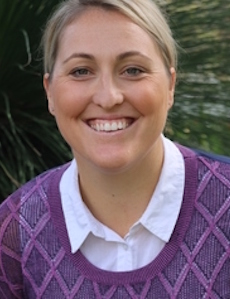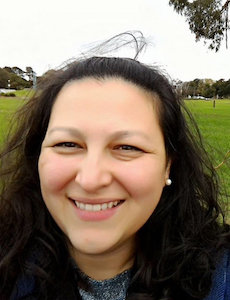JOEE 26 (3)
JOEE December 2023 Issue
The December 2023 issue of JOEE is a special issue titled, “Risky play and learning in the outdoors for educational, developmental, and health purposes”.
It features 9 papers from international academics and researchers from Australia, New Zealand, Canada and Turkey that explore child and/or adolescent exposure to risk-taking behaviours in the outdoors. The research examines how the opportunities and access to risky learning spaces (both natural and human-made), are designed and used and whether this encourages children to play, learn, or develop cognitively, socially, or physically..
Reminder: To read these full articles you need to log-in to the OEA Digital Library
LOG-IN LINK in the menu on the right (at the top) or near bottom if viewing on mobile device.
Giving children permission for risky play: parental variables and parenting styles
Kadriye Akdemir (pic), Çagla Banko-Bal & Serap Sevimli-Celik

Running the risk: The social, behavioral and environmental associations with positive risk in children’s play activities in outdoor playspaces
Janet Loebach (pic), Rachel Ramsden, Adina Cox, Karen Joyce and Mariana Brussoni

“We do it anyway”: Professional identities of teachers who enact risky play as a framework for Education Outdoors
Megan Zeni, Leyton Schnellert and Mariana Brussoni (pic)

Exploring Parent and Caregiver Perspectives of Children’s Risky Play in a Nature Park
Marion Sturges, Tonia Gray, Jaydene Barnes (pic) and Amanda Lloyd

Play opportunities through environmental design: a strategy for well-being
Damien Puddle

Children’s access to outdoors in early childhood education and care centres in China during the COVID pandemic
Junjie Liu (pic), Shirley Wyver, Muhammad Chutiyami and Helen Little

Comparison of quality and risky play opportunities of playgrounds in Germany.
Umay Hazar Deniz and Nilgün Cevher Kalburan (pic)

Nature play with children under three: a case study of educator risk taking.
Katie Vander Donk

An infant-toddler outdoor risky play practices in an early childhood centre in Australia
Gloria Quinones



